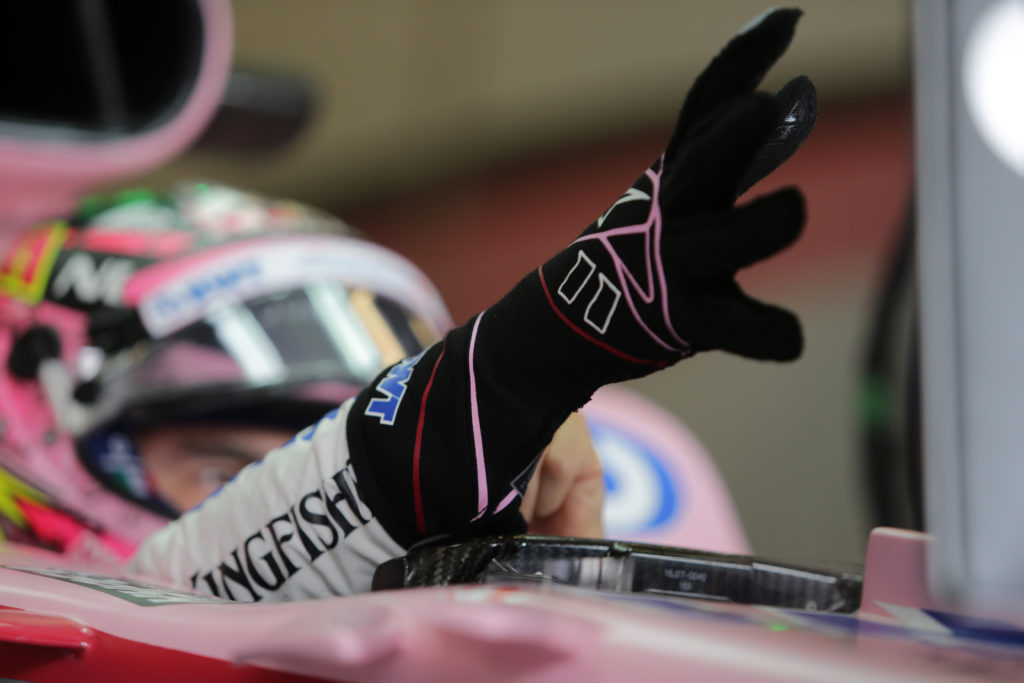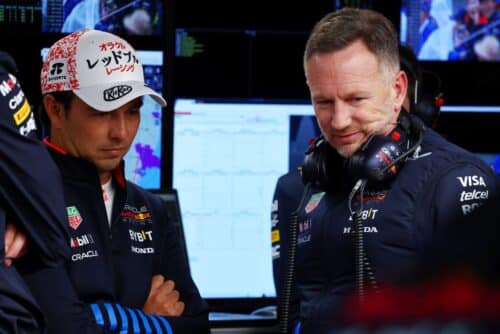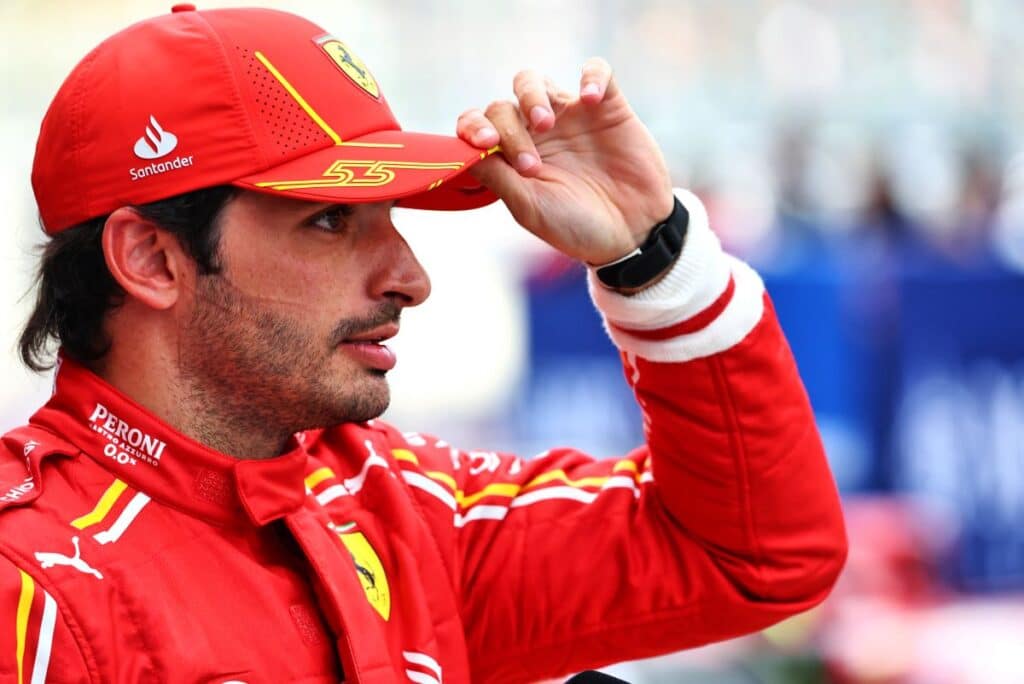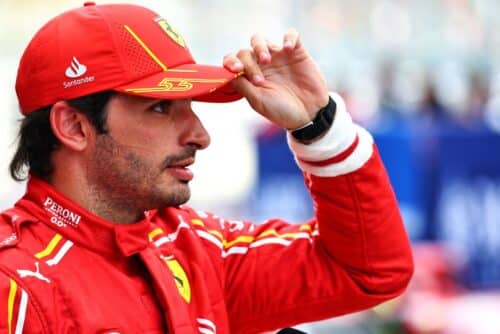F1 | Biometric glove to protect pilots: here's how it works
The chip will collect data such as pulse, blood oxygen concentration and movement of the drivers at all times and send the data via Bluetooth to the medical car

Official: as of 2018 the pilots of formula 1 they will use the new biometric gloves, according to the guidelines of FIA. Biometric gloves are nothing more than the normal gloves they already use but with a sensor who will measure their vital signs. In fact, the chip used for evaluations was recently presented, which measures three millimeters thick and weighs 30 grams. The sensor sends data directly tomedical car so you can quickly decide how to act in the event of an accident for the pilot.
But how does the new glove work? And how will it be able to send the vital signs of the pilot wearing it? Specifically, in fact, the chip will collect data such as wrist, la concentration di oxygen in blood and the intensity of movement of the pilots at all times and will send the data away Bluetooth to the medical car. This project was directed by FIA medical delegate – Dr. Ian Roberts - and from pilot of medical cars Alan Van Der Merwe. “We know that monitoring people is essential in terms of their health. Pilot accidents can be very different between you, which is why we would like to monitor the pilot in order to intervene as quickly as possible. In the event of an accident we could be far away and we need to understand how to intervene based on the pilot's health condition after the accident", explained Dr. Roberts. There FIA gave the “green light” for these gloves after testing them on the track in 2017 and passing the car fire tests.
The glove sensor will be sewn into the palm of the pilot's hand or on the index finger, where it is least annoying. The system Bluetooth it will send data up to a range of 500 meters with hardware capable of sending 20 data packets per second thanks to a small battery. This battery can be recharged inductively and when pilots remove their gloves they should leave them in a charging area so that the battery recharges automatically. The data that the sensor will send will be encrypted and protected by the FIA. This data will also be stored in the gloves and can be downloaded by the teams when the driver returns to the pits: “We will give access to the equipment in the first year of operation so that the teams can download it, once the idea has been tested, the data will be available in real time,” explained Van Der Merwe.
The project was developed by Signal Biometrics: There are already plans to increase the use of sensors, in order to send other data not currently understood such as the pilot's body temperature or breathing rate. These sensors could be placed in other parts of the body and will be tested in 2018.
Fabiola Granier
if you want to always be updated on our news
Follow us here

























